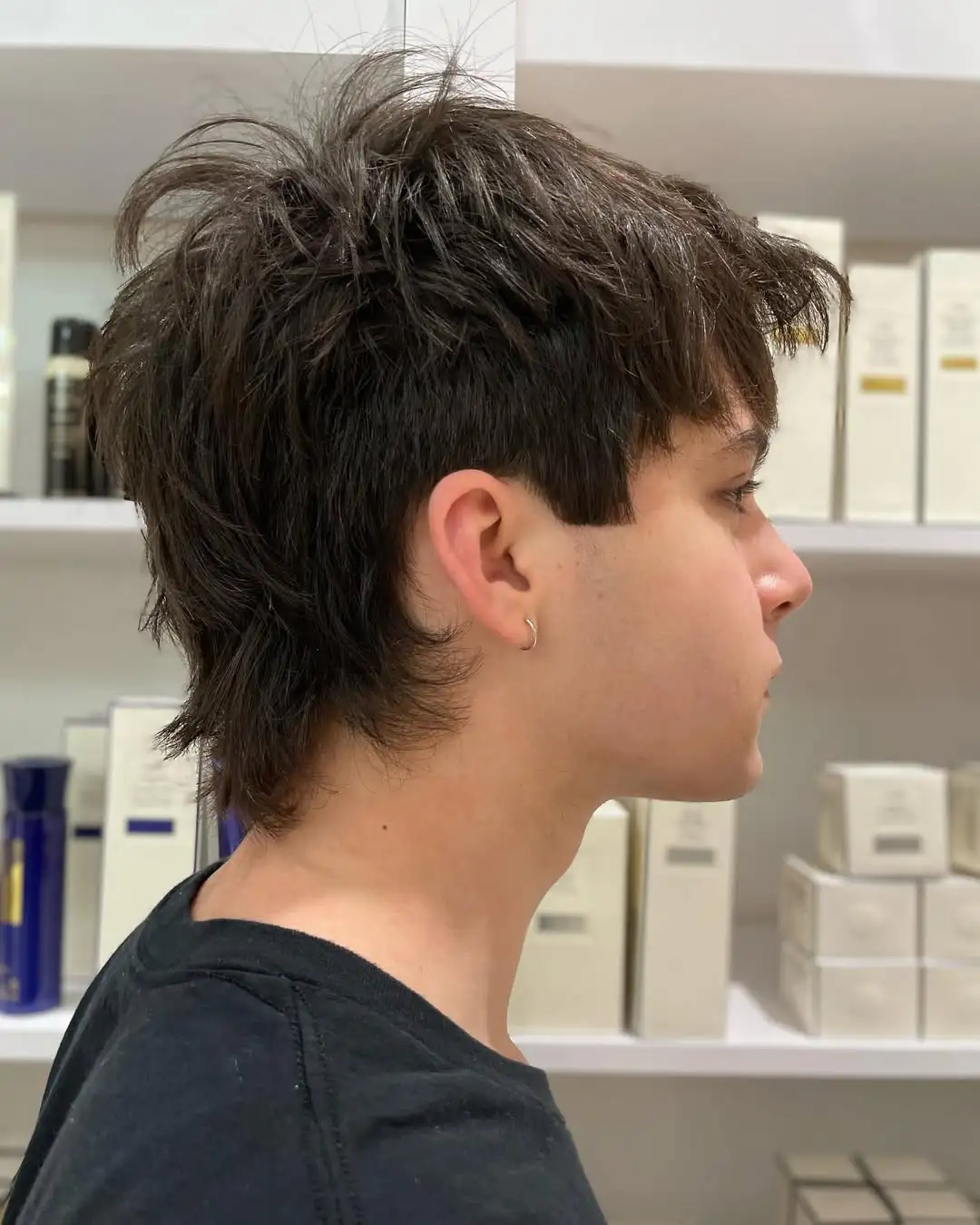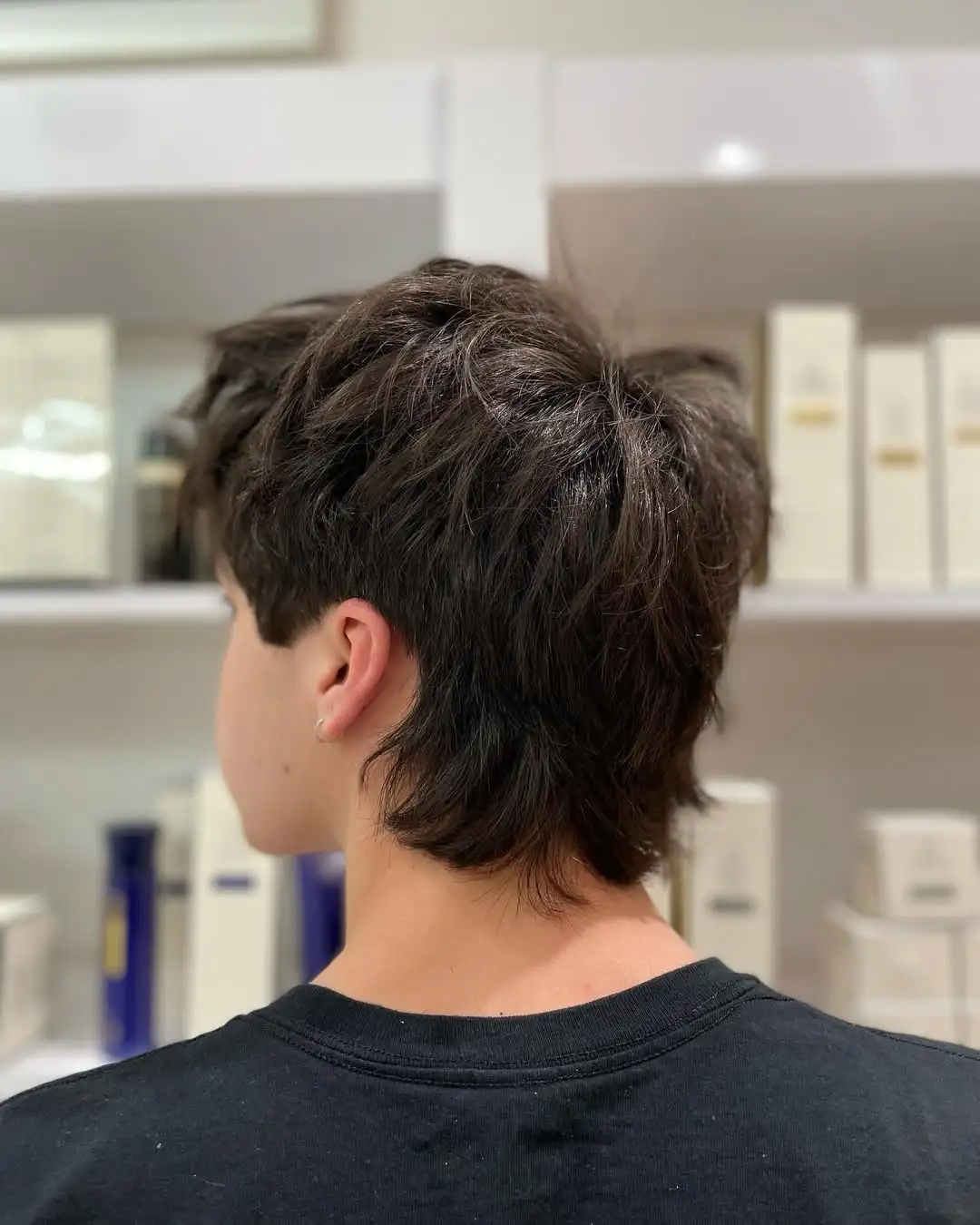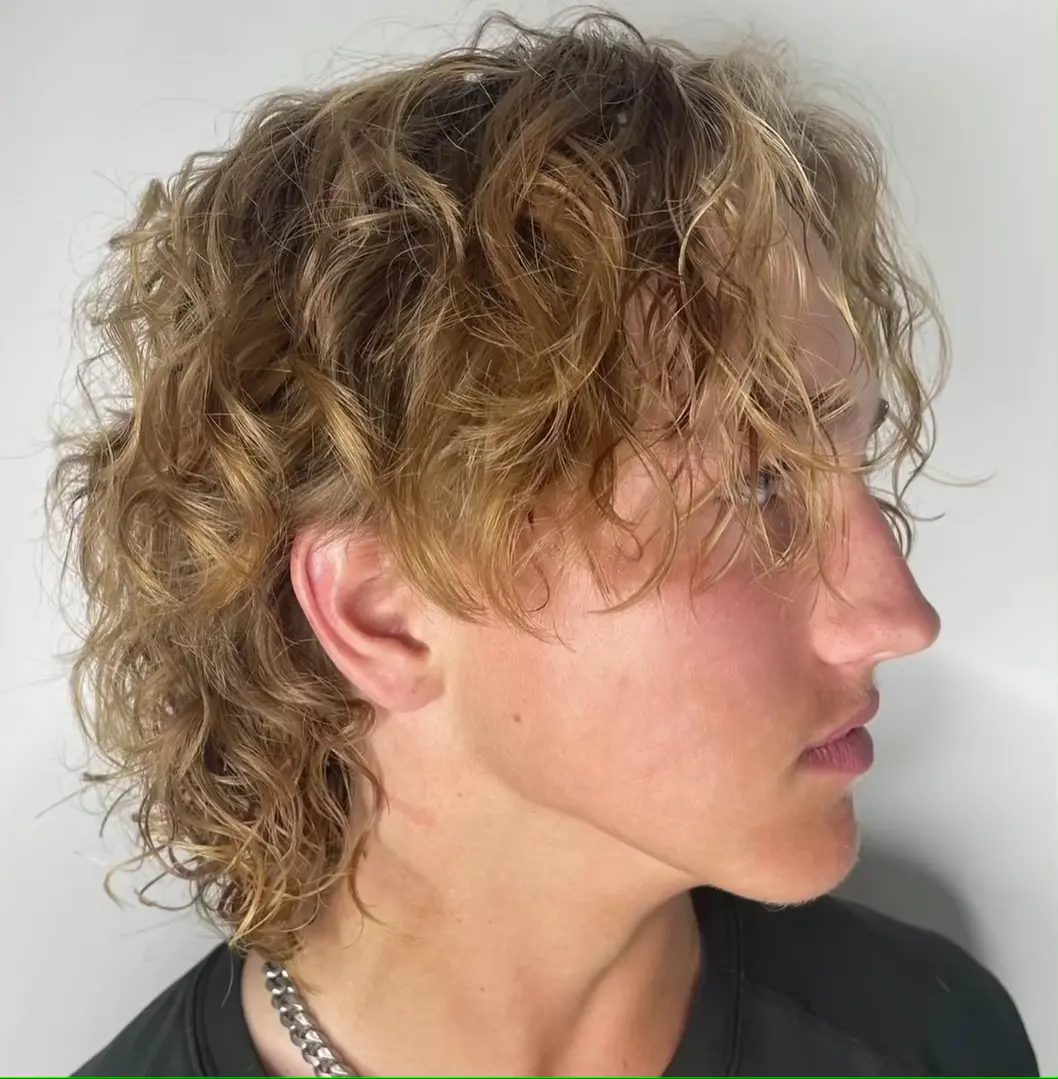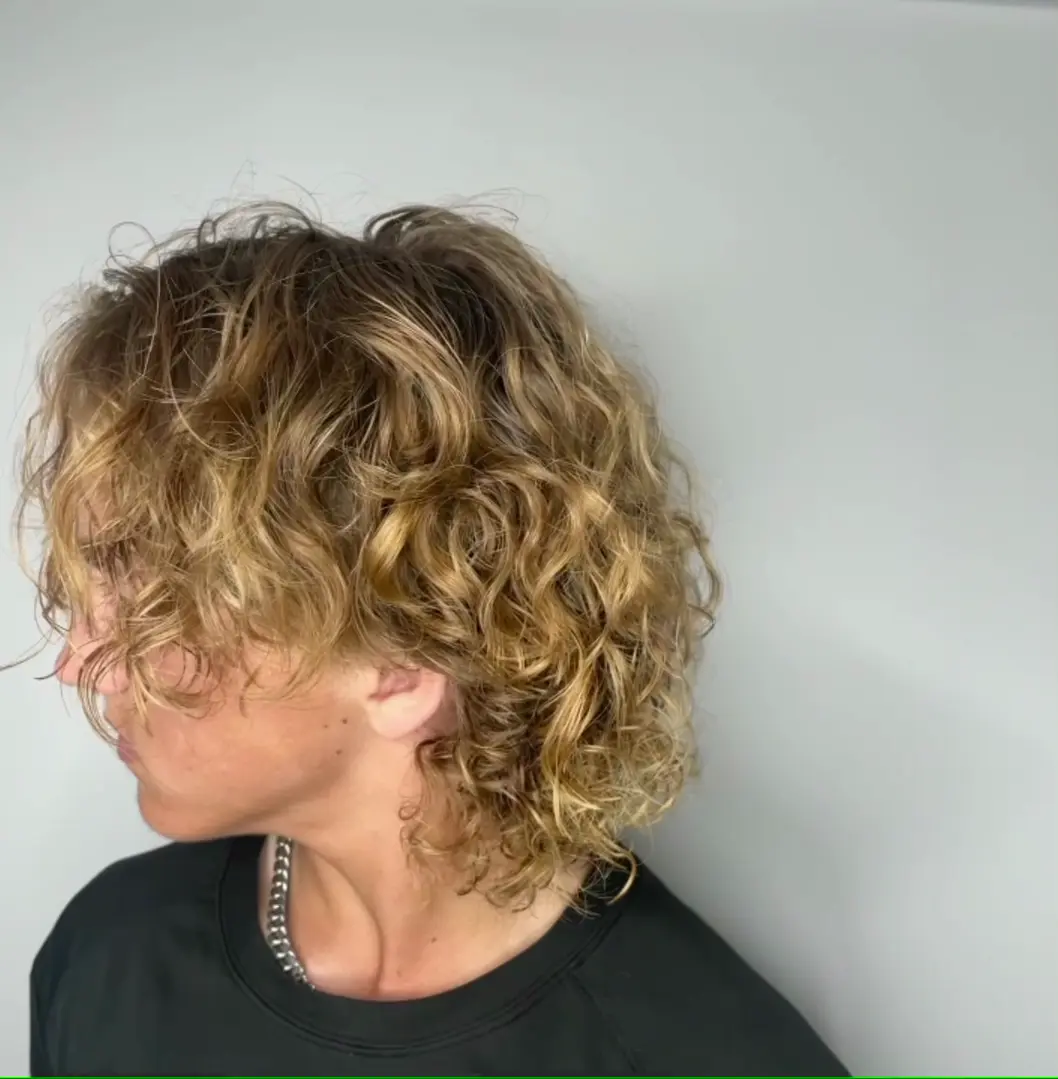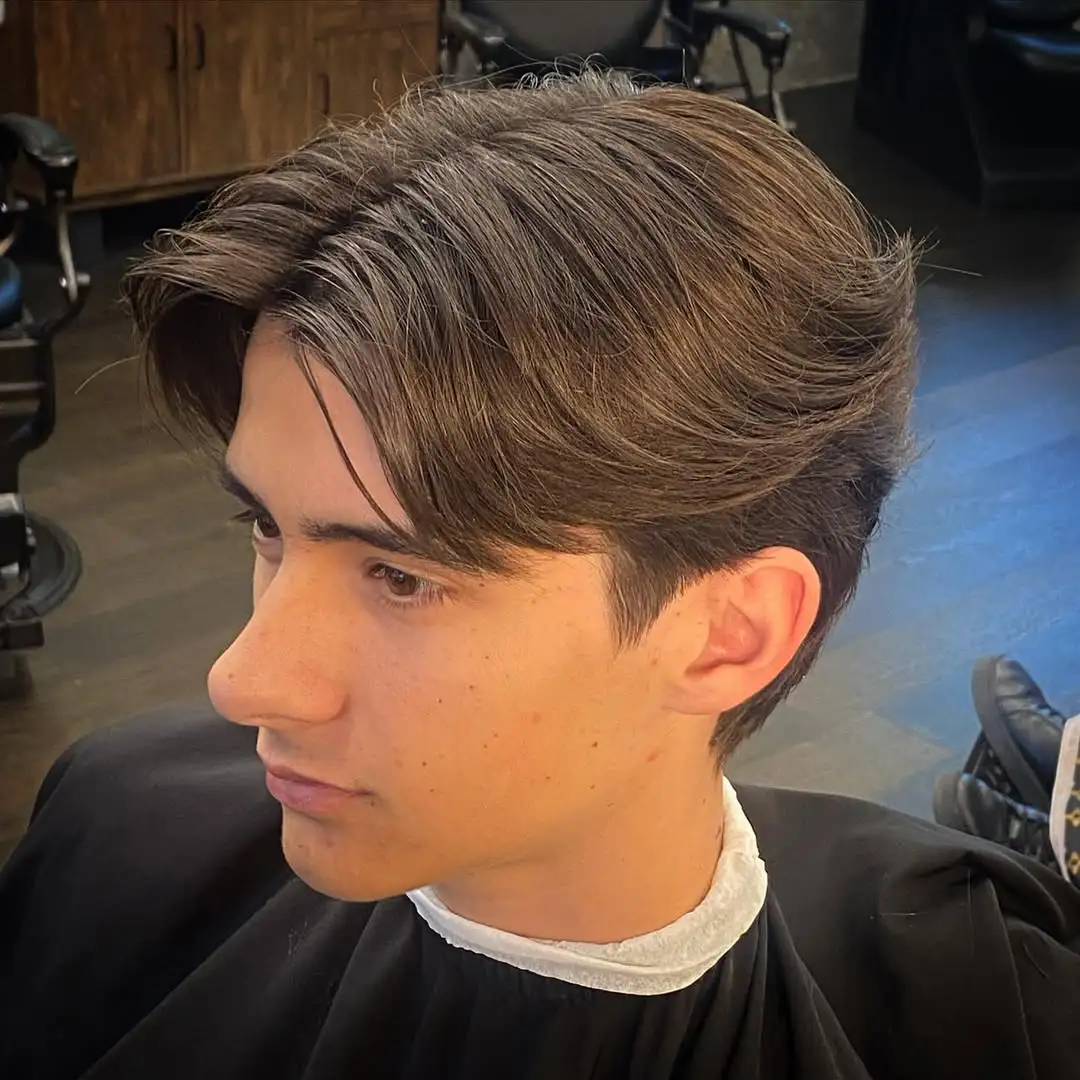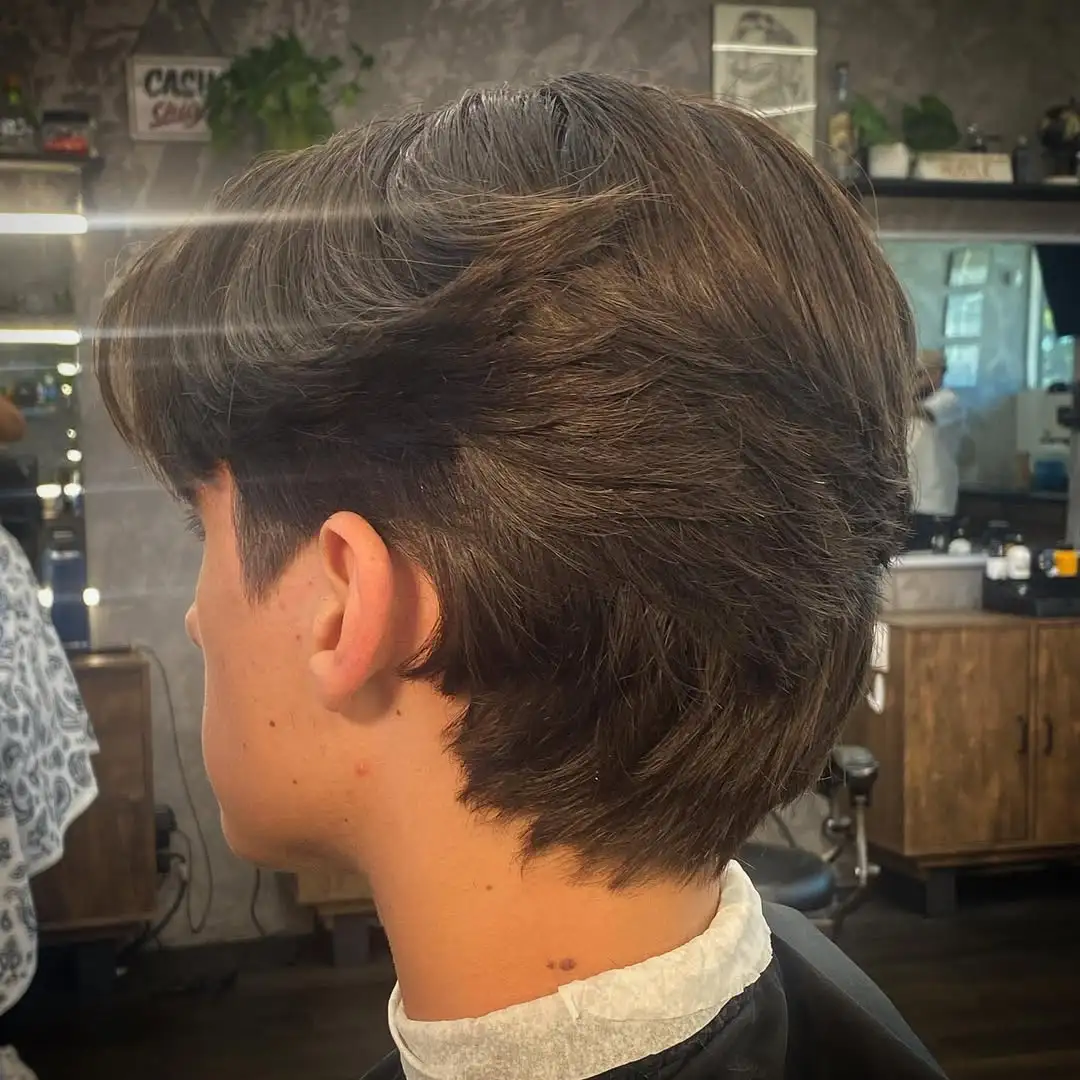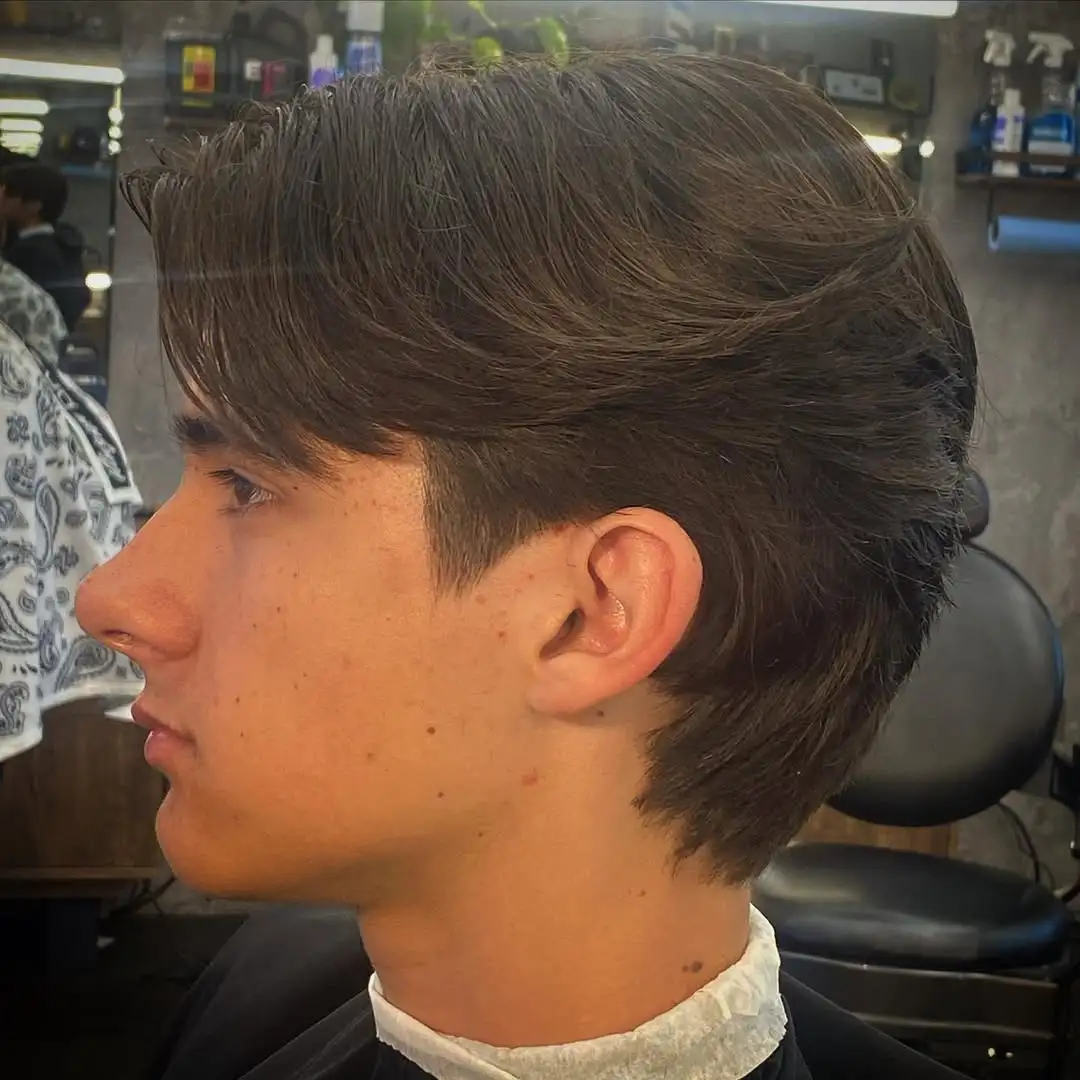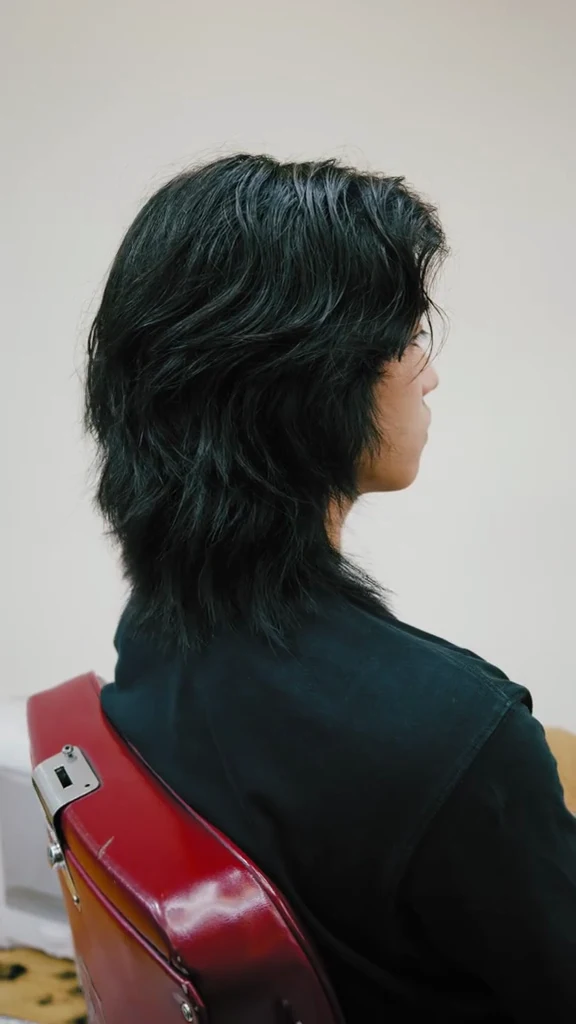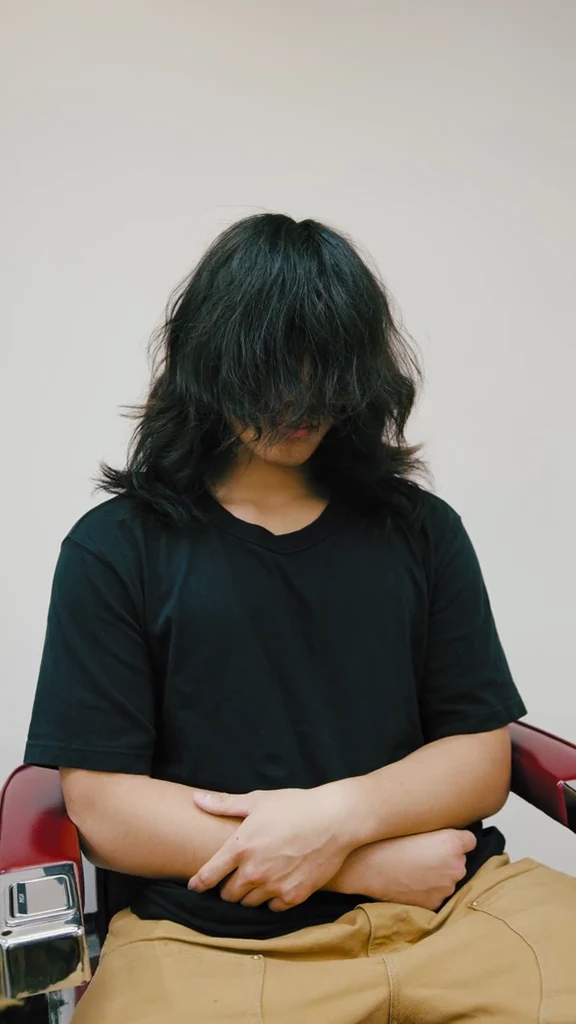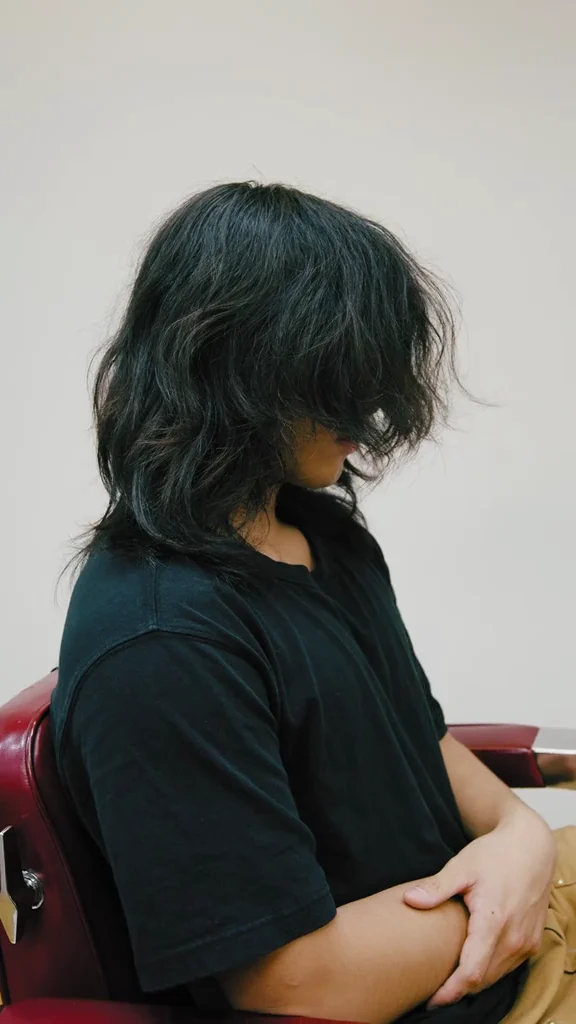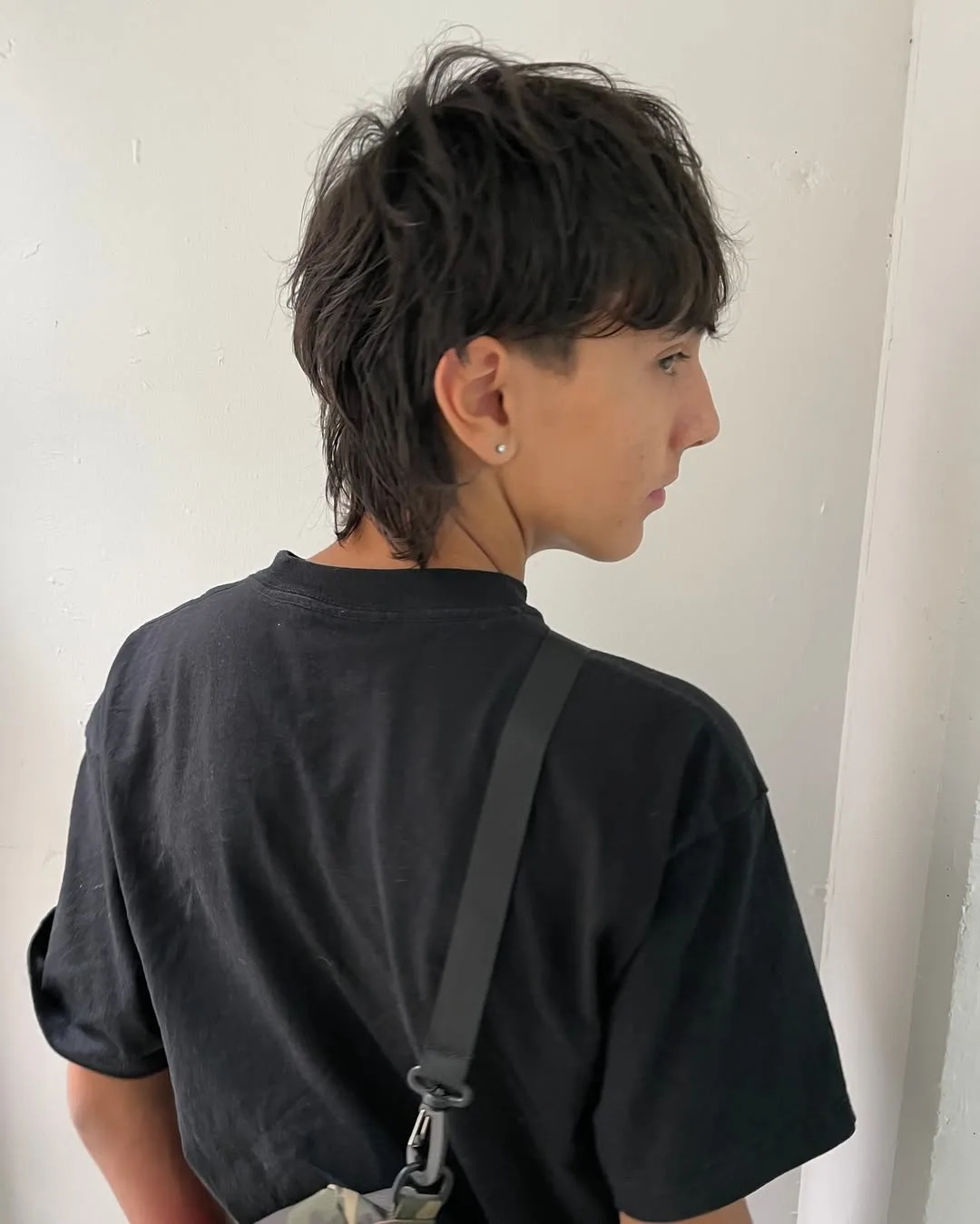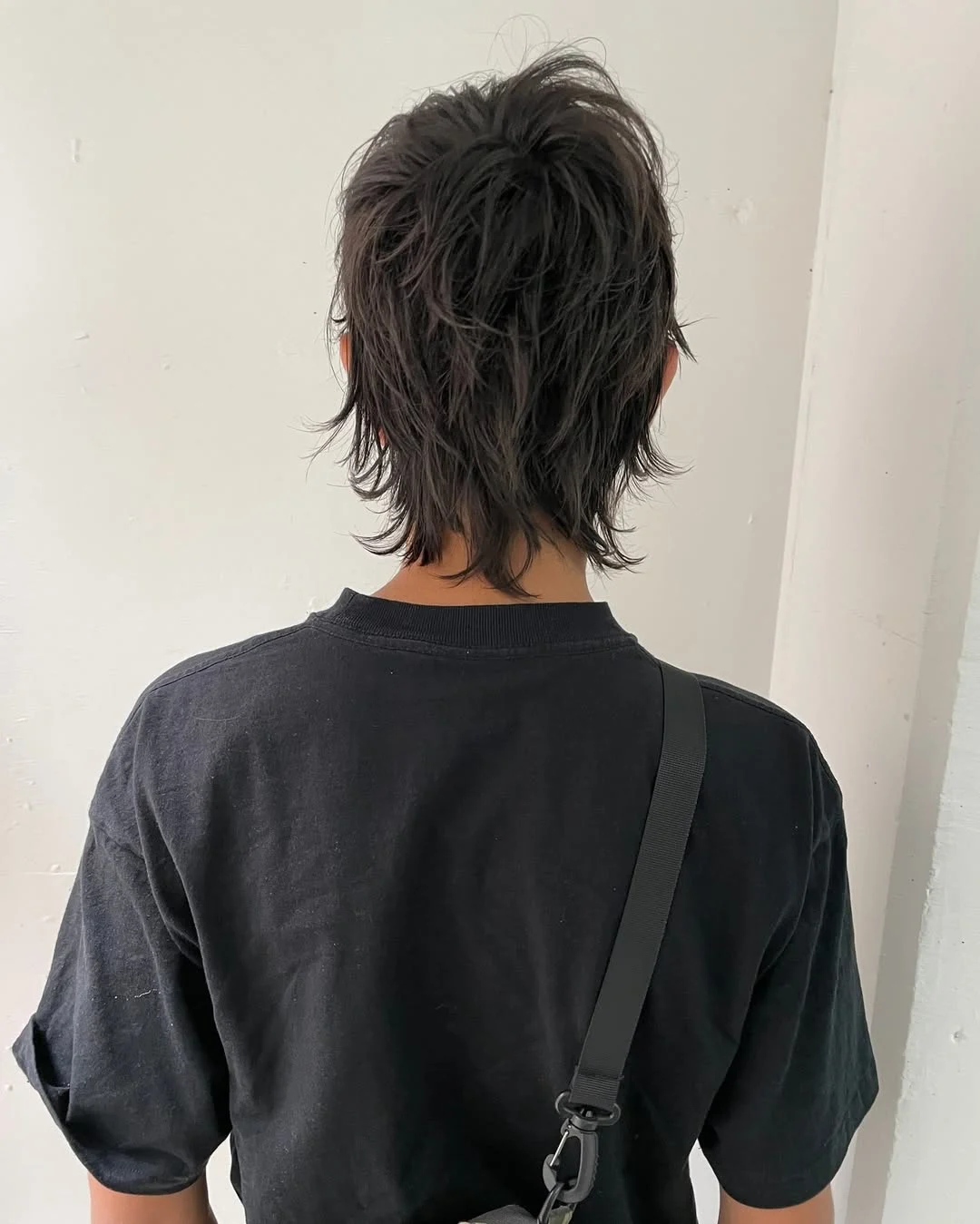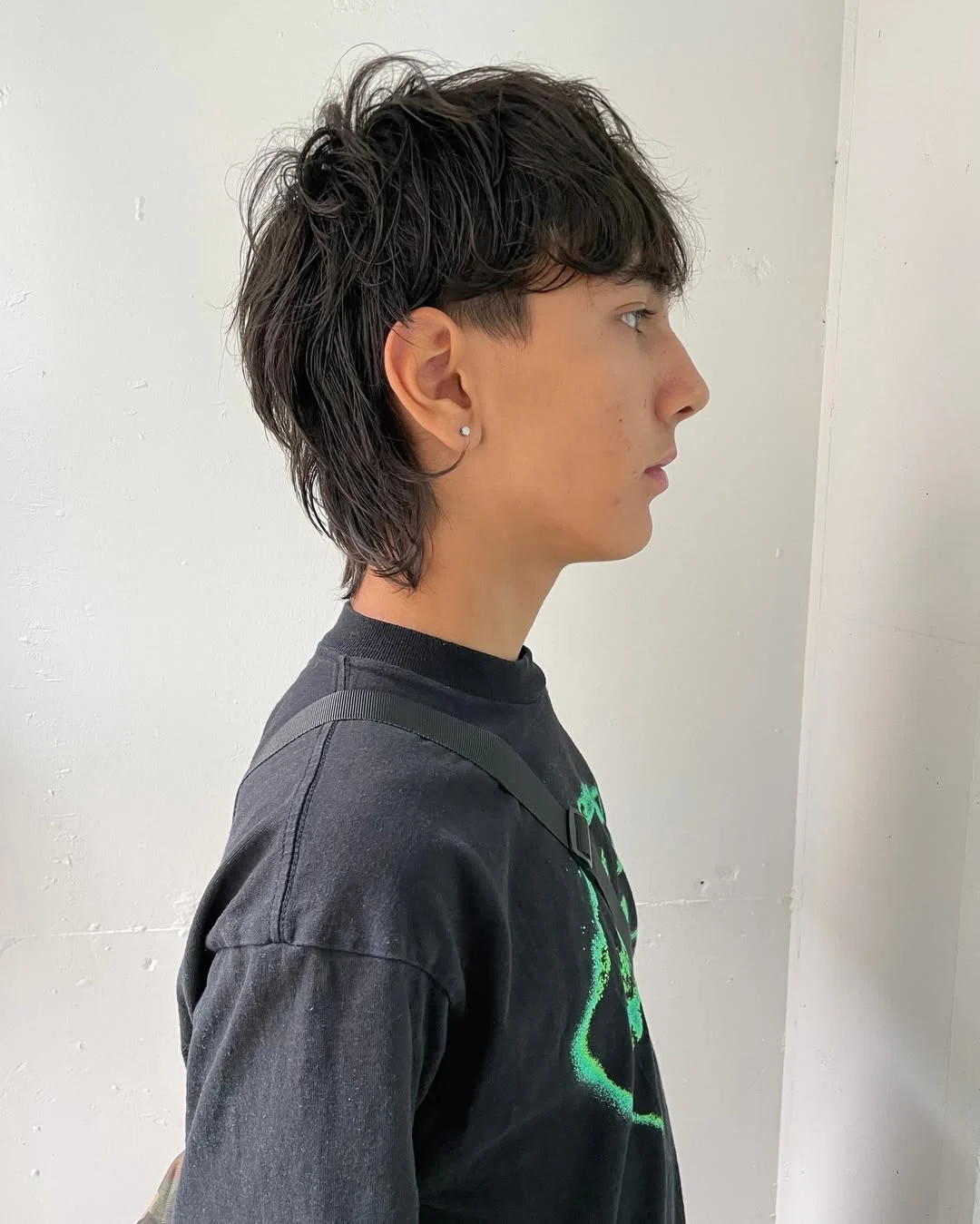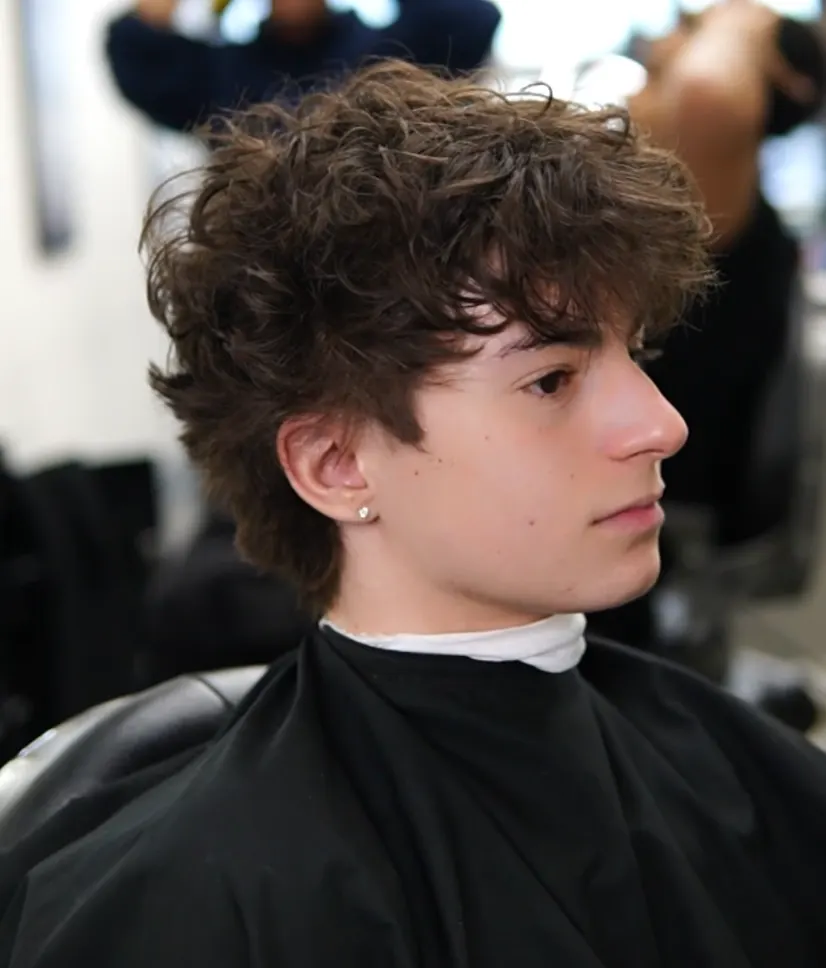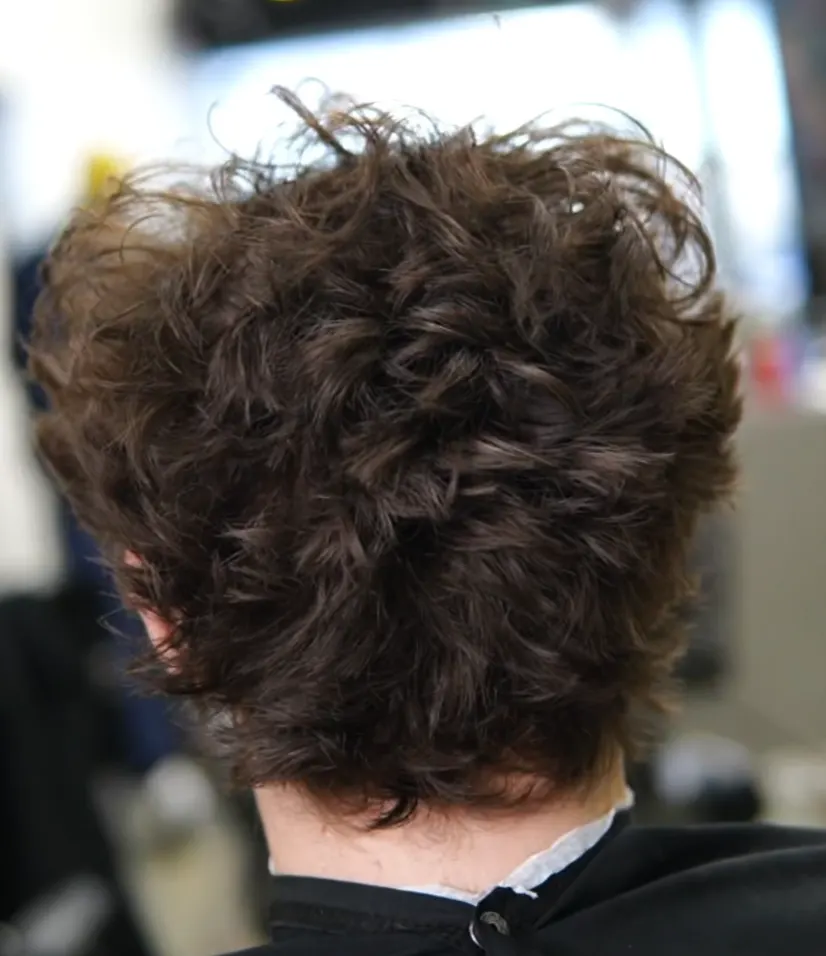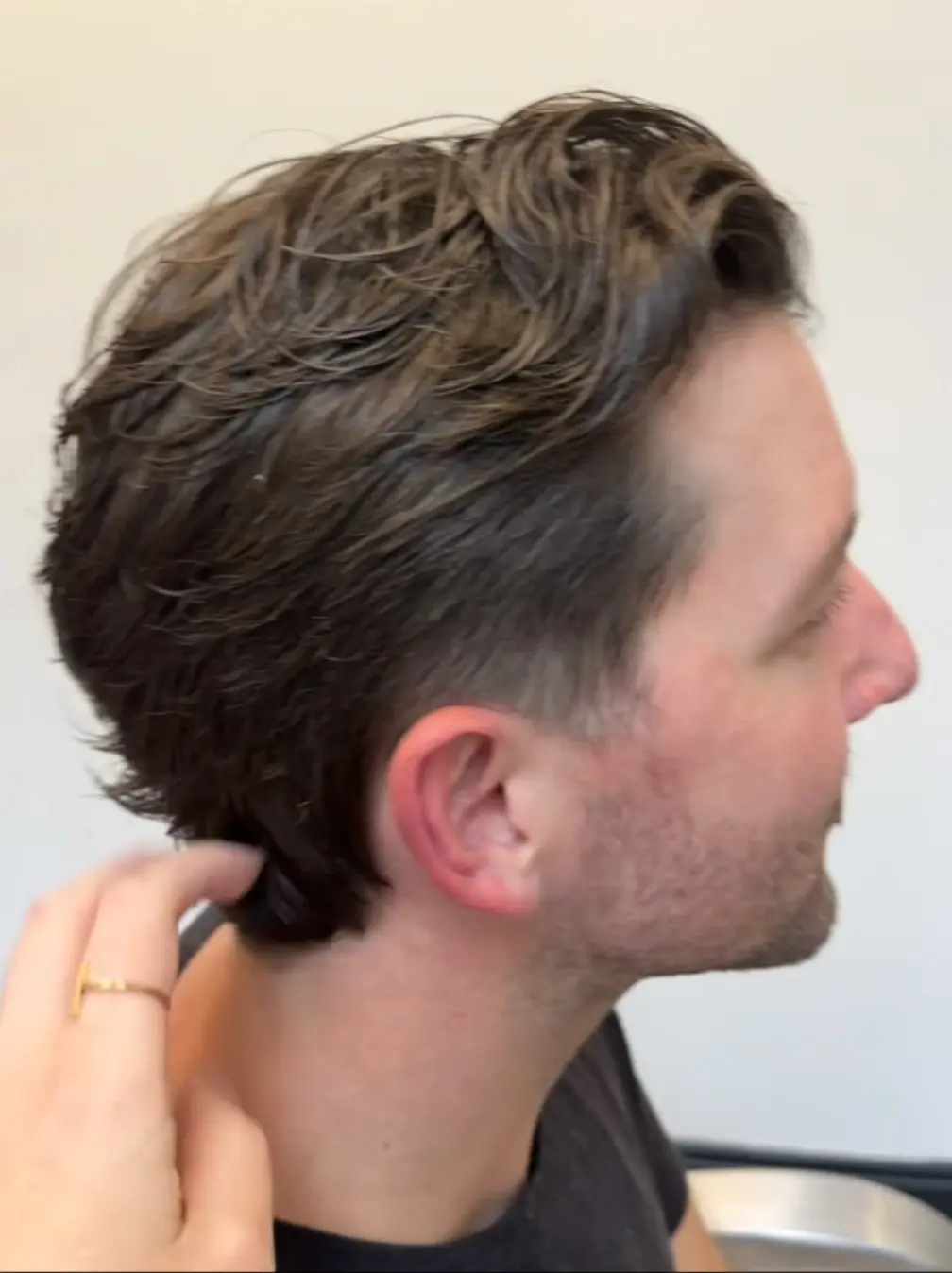The wolf cut hairstyle has become a major trend in recent years, particularly among those who want a fresh, edgy look. Its unique structure comes from combining features of a classic shag and a modern mullet, resulting in a rugged yet stylish haircut. The wolf cut for boys and men has quickly gained popularity among celebrities, social media influencers, and everyday style enthusiasts.
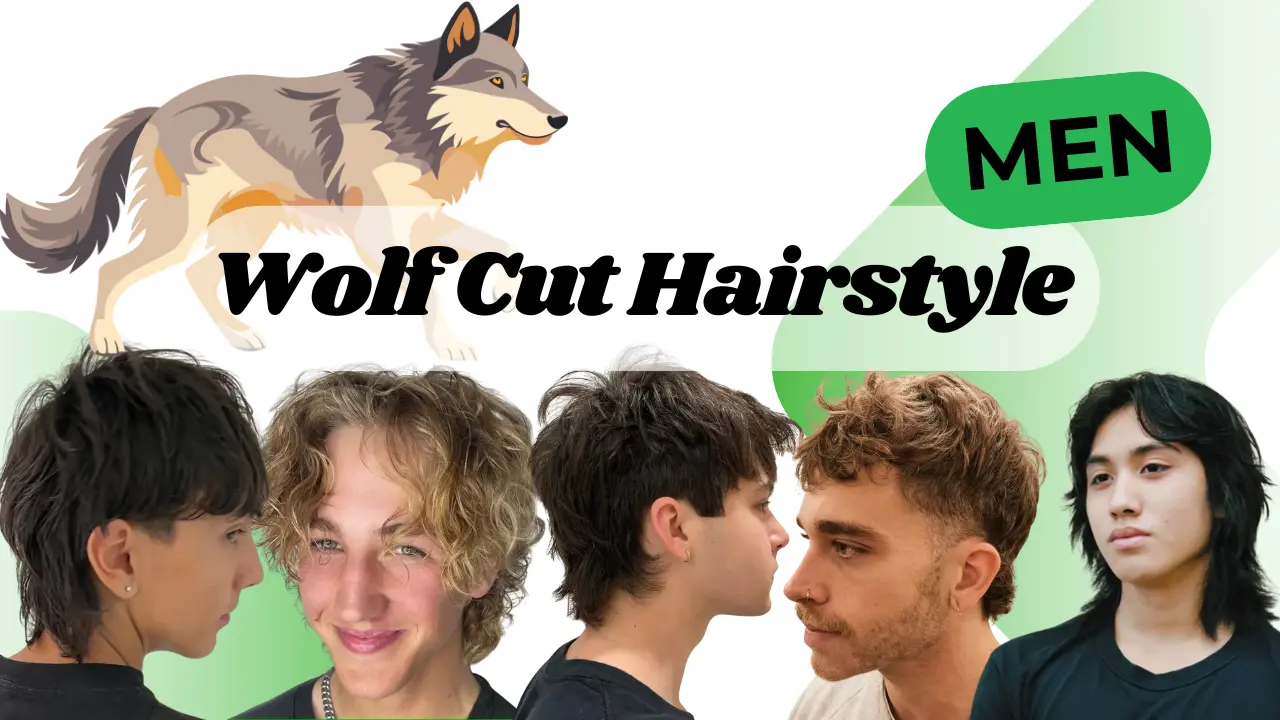
This guide will explore everything you need to know before getting a wolf haircut men are raving about. We will discuss its origins, how it grew in popularity, the face shapes it suits best, and some of the most popular variations you can try. If you are thinking about adopting this distinctive style, read on to understand its pros, cons, and alternatives.
What Exactly Is a Wolf Cut
A wolf cut is a textured haircut with layered sections throughout the head and a noticeable thinning or taper toward the ends. The style is typically cut shorter at the top and left longer at the back, giving off a wild and untamed vibe. This layered arrangement helps create volume on top while keeping a sleek finish around the nape of the neck.
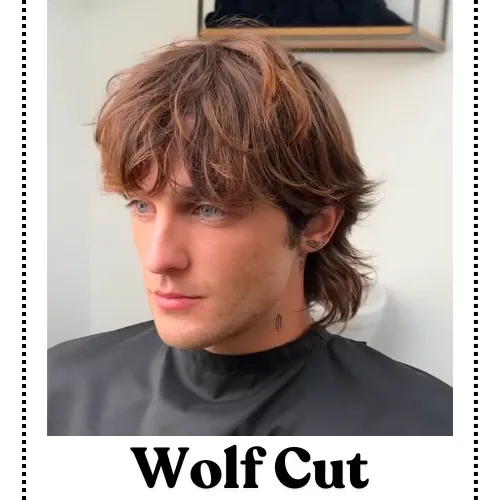
For men, a wolf cut male version usually involves sharper angles around the face, less feathering than in the women’s variant, and more attention to structure. That does not mean you cannot customize it to your liking. You can decide how intense or subtle the layering should be, and whether you want a middle part wolf cut men often opt for, or a side part for a different look.
Other Names for the Wolf Cut
Although widely recognized as the wolf cut, this style goes by a few other names in the hairstyling world. Some call it the “modern shag,” as it borrows the messy layering technique from the 70s shag trend. Others might refer to it as a “mullet-shag hybrid,” though many consider it a more evolved version than a traditional mullet.
The male wolf cut has become so popular that it has started to develop smaller sub-categories. Some barbers brand their unique spin on it with creative names, but the essence remains the same: layered texture and messy-chic appeal. Regardless of what it is called, the wolf cut for boys and men stands out for its versatility and stylishly untamed silhouette.
Origins of the Wolf Cut
The roots of the wolfcut hairstyle can be traced back to classic shags that rock stars and celebrities wore decades ago. This layered, free-spirited approach started surfacing in the 1970s when personalities like David Bowie popularized the flamboyant shag-mullet fusion. As trends evolved, barbers and stylists tweaked these older cuts to suit modern tastes.
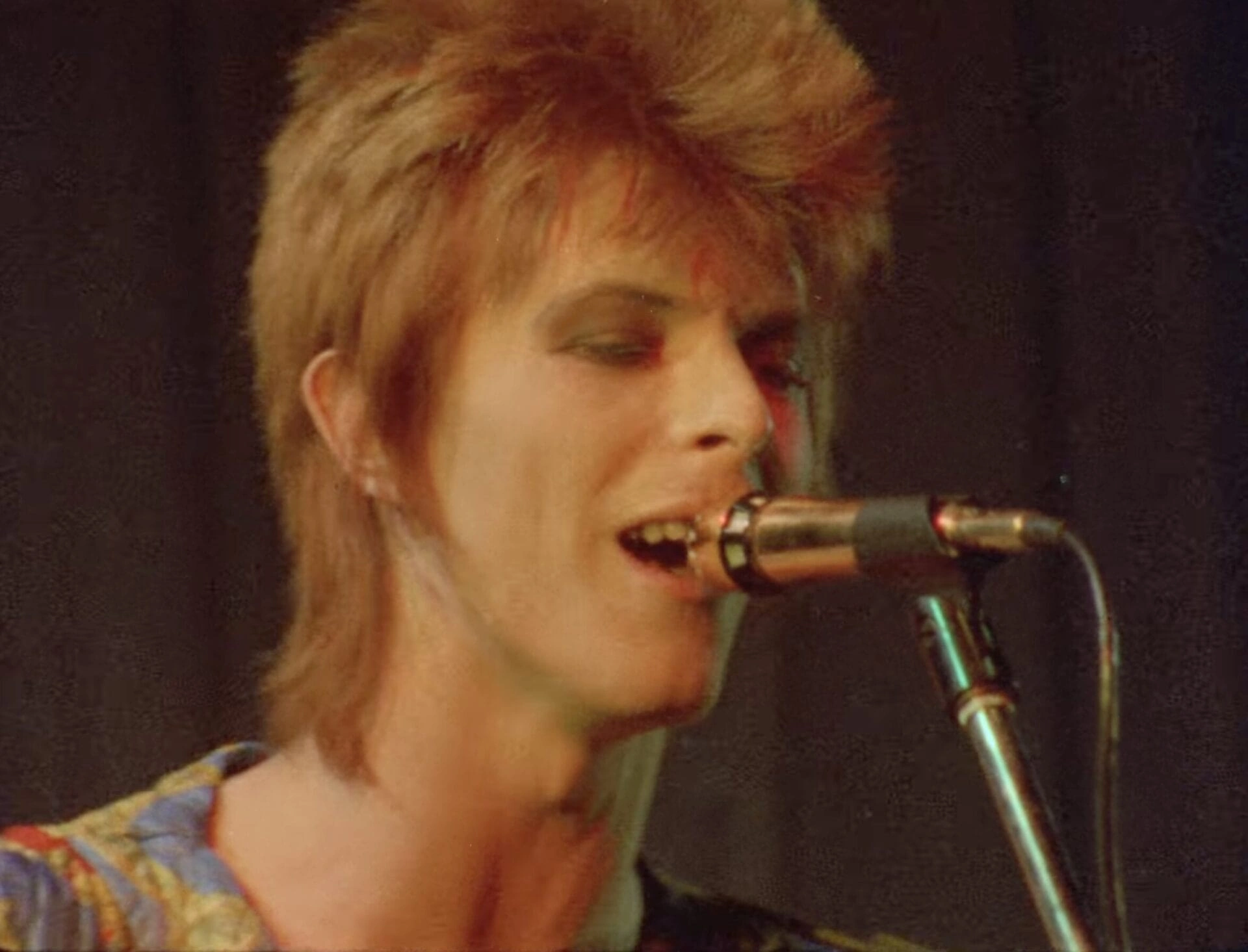
The wolf cut’s name is relatively new, but its fundamental style references these past eras. The word “wolf” captures the untamed aesthetic of a creature that roams freely, which aligns perfectly with the haircut’s wild, playful appearance. Over time, social media helped introduce the term “wolf cut” to describe the modern take on the shaggy mullet.
See the difference between wolf cut and mullet
When the Trend Took Off
Although the wolf cut has older roots, it really started soaring in popularity during the global lockdown periods. People sought haircuts that were low-maintenance yet stylish, prompting them to experiment with bold, self-expressive styles at home. Tutorials for wolf haircut men and women started popping up online, showcasing how to cut layers, thin out ends, and create that signature wild shape.
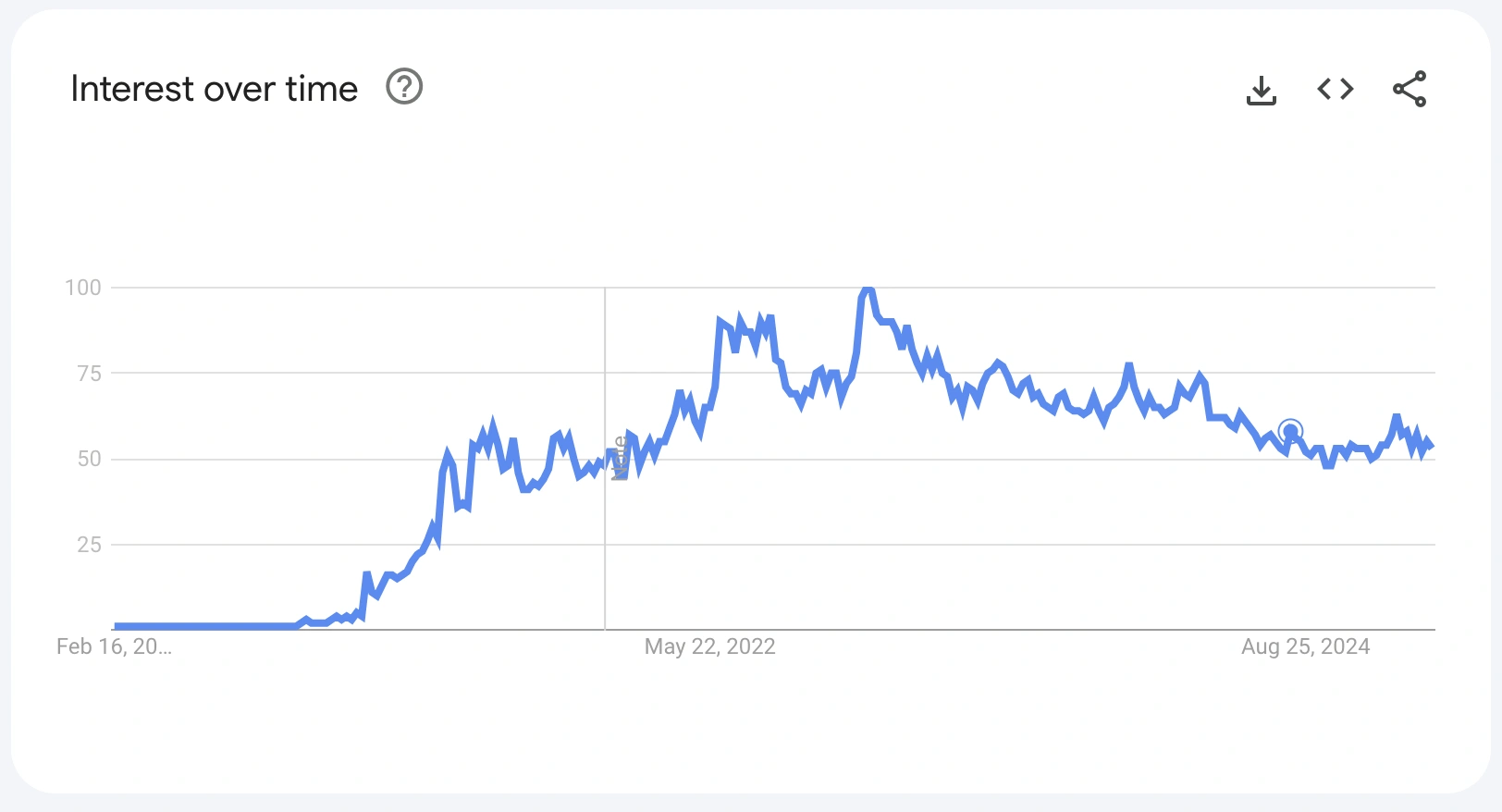
Note: This is the data of last 5 years from Google Trends. Wolf Cut actually got pretty famous in 2020 as shows in the graph.
Celebrities and influencers quickly embraced the wolf cut male variation. High-profile figures shared their transformations on social platforms, allowing the style to spread even further. As more people noticed the trend, barbers and hairstylists got requests for the wolf cut regularly, pushing it into the mainstream spotlight.
Who Does It Suit Best
One of the most appealing aspects of the wolf cut for boys and men is its ability to work on a wide range of hair types. Whether your hair is naturally straight, wavy, or curly, the layered structure can add dimension and movement. However, certain face shapes benefit the most from this style.
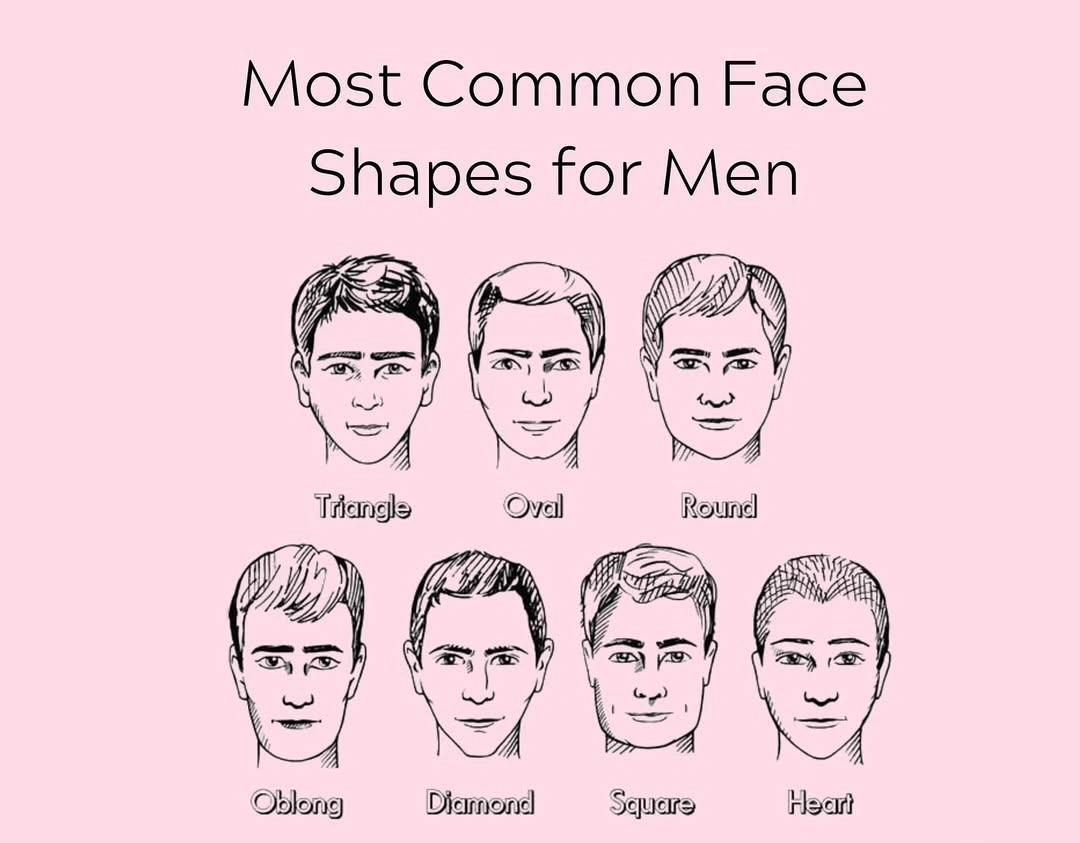
Individuals with oval or round faces often find the wolf cut complements their features nicely. The extra volume at the crown can elongate the face, while the layers frame the jawline. Those with square or rectangular faces might also enjoy the wolf cut, as it adds softness around the edges. The key is to discuss with your stylist how dramatic you want your layers and how much length you want to retain at the back.
Pros of Getting a Wolf Cut
Unique Appearance: A major advantage of this style is its distinctive look. The textured layering and controlled chaos stand out.
Versatile Styling: You can wear it in a middle part wolf cut men choose for a laid-back vibe or style it to the side for a professional setting.
Volume and Movement: If you struggle with flat or lifeless hair, the wolf cut adds volume to the top and movement at the edges.
Personalization: You decide how short or long the layers should be. This flexibility allows you to adjust the style to suit your face shape and personal preference.
Cons of Getting a Wolf Cut
Frequent Maintenance: Although it appears carefree, you might need regular trims to maintain its structure. Without proper upkeep, the layers can grow unevenly.
Awkward Grow-Out Phase: If you decide to move away from the wolf cut, transitioning might be tricky, as certain layers will be shorter than others.
Styling Products Required: Some hair types may need the help of styling creams, wax, or pomade to maintain texture and shape throughout the day.
Less Traditional Look: If you work in a conservative environment, the wolf cut male style might feel too adventurous. Evaluate your lifestyle to decide if it fits.
Famous Wolf Cut Styles
Below are eight variations of the wolf haircut men are embracing. Each style has distinct features, but all share the core elements that define a wolf cut.
Classic Wolf Cut
The classic version features shorter layers around the crown that gradually get longer toward the back. It is perfect for those who want a balanced, easy-to-maintain look. You can style it with minimal product or enhance the texture with a light mousse.
Curly Wolf Cut
If you have naturally curly hair, this style offers a fun way to showcase those curls. The layers help distribute volume, allowing each curl to stand out. Adding a small amount of leave-in conditioner can keep the curls defined and bouncy.
Middle Part Wolf Cut Men
A middle part wolf cut AKA curtain bangs can add symmetry to the overall style, drawing attention to your cheekbones.
This approach is ideal for anyone with oval or round face shapes looking to elongate their features. It also adds a casual yet cool vibe to your look.
Short Wolf Cut
In this version, the layered pieces are slightly shorter, focusing on the top for extra height. It has a clean finish around the neckline, making it a good option if you want a bold haircut that does not require a large mullet-like length at the back.

Long Wolf Cut
This style keeps the back sections longer, mimicking a more traditional mullet. However, it still has the shaggy layering on top for that signature wolfcut hairstyle.
It is great for those who love a more dramatic difference between the top and the back.
Undercut Wolf Cut
Here, the sides are undercut or tapered, drawing more attention to the top layers. This option is perfect if you want a striking style that blends sharp sides with the messy layers of a wolf cut. It can also reduce bulk around the ears.
Textured Fringe Wolf Cut
A wolf cut with a textured fringe focuses on a choppy front section that frames the forehead.
The fringe can be swept to the side or styled straight across, depending on your preference. This variation adds a playful edge to your overall look.
Subtle Wolf Cut
This cut dials down the dramatic layering, opting for gentle texture around the edges. It is ideal for those who want to dip their toes into the wolf cut male trend without going all out.
You still get a bit of that cool, airy movement but in a more understated way.
Alternatives to the Wolf Cut
While the wolf cut is a fun style, it might not be for everyone. If you want a similar vibe without the commitment, here are a few alternatives to consider.
Shag Haircut: The shag is the spiritual ancestor of the wolf cut. It has plenty of layers, but it does not necessarily feature the mullet-like length at the back.
Modern Mullet: A modern mullet keeps the hair short on top and significantly longer at the back. It is a bolder approach but can be softened with light layering if you prefer a less dramatic effect.
Layered Fade: For those who like a polished appearance, a layered fade might suit better. It retains some texture on top while blending seamlessly into the sides and back.
Messy Quiff: If you want height and movement without all the extra layers, a messy quiff is a great choice. It focuses on volume at the front, creating a dynamic yet refined look.
How to Ask for a Wolf Cut
When visiting your barber or stylist, start by showing them a reference photo of wolf cut styles to show exactly what you have in mind.
Let them know you want a shaggy, layered look that combines volume on top with a slightly longer back. If you prefer a certain type of bangs or a middle part, mention it so they can tailor the wolf cut to your taste.
Be clear about how dramatic you want the difference in length between the front and back layers. This will help your stylist create a haircut that matches your vision.
Tips for Styling and Maintenance of Wolf Cut
The cost of a wolf cut can range anywhere from $20 to $100, depending on your hair length and the salon you visit. To keep your wolf cut hairstyle looking good, you should look after it often.
Wash your hair with a gentle shampoo and conditioner that helps keep it soft and healthy. Then, use a light styling cream or a sea salt spray to add some texture to your layers.
Drying techniques can also make a difference. Using a diffuser helps prevent frizz in curly wolf cuts, while blow-drying with a round brush adds volume to straighten hair.
Schedule trims every four to six weeks to maintain the shape of your wolf cut. If you neglect these upkeep sessions, the layers can grow out unevenly and lose their defining structure.

